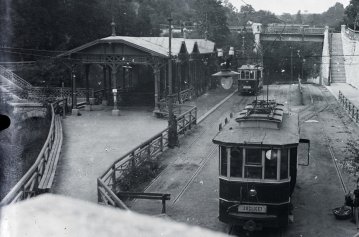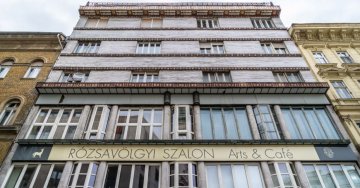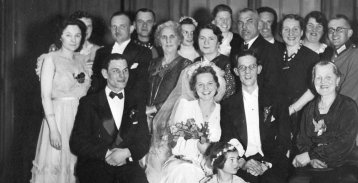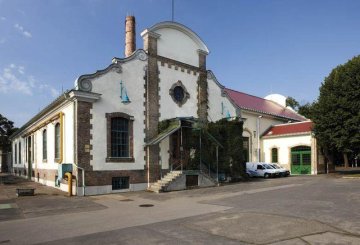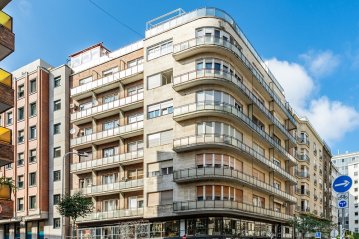
F. Nagy Veronika
Cikkek
Former tram terminus in Zugliget to be renovated
January 6, 2021 at 3:00 PM
The former tram terminus at Zugliget is to be renovated as part of the Normafa Park Program, with additional funding provided by the government. A new skating rink will be added to the complex.
The charitable doctor – 150th anniversary of László Batthyány-Strattmann's birth
November 12, 2020 at 9:00 AM
The Batthyány family has given Hungary many excellent soldiers, politicians and scientists. Among them, Dr László Batthyány-Strattmann stands out with his dedication and love for humanity. As an ophthalmologist, he spent all his wealth, time and energy treating the poor. Pope John Paul II beatified the prince in 2003.
A forerunner of modern Hungarian architecture – Remembering Béla Lajta
October 28, 2020 at 9:00 AM
Lajta Béla was one of the most influential Hungarian architects of the first decades of the 20th century. Starting in the footsteps of Ödön Lechner, his art nouveau style grew into a new form and became a forerunner of Hungarian modern architecture. He represented a new approach to the formation of mass while retaining folk-based decorations and the ornamentation of art nouveau, and he connected it to new materials and designed buildings which were monumental in their simplicity. Buildings that have remained beautiful examples of modern urban architecture to the present day.
Joyous I do's – 125 years of civil marriage in Budapest
October 16, 2020 at 1:00 PM
Laws on state registries and civil marriage were passed in 1894 but only entered into force a year later on 1 October 1895. The novelty of the now everyday ceremony caused such a rush that the three registrars in Budapest at the turn of the century could barely cope with the number of marriage requests. Where and how did the first civil marriage in Hungary unfold?
A Second Hall to Thalia – 145th anniversary of the former Népszínház opening
October 14, 2020 at 10:00 AM
An independent theatre for folk plays that is the Popular Theatre or People's Theatre, Népszínház was opened as a home for the genre which had become popular during the Hungarian National Awakening. The building was completed as a result of an increasingly concerted effort and support from the city. Standing on the present-day Blaha Lujza Square, the structure was designed by the Austrian architects Fellner and Helmer, who were well-known for their theatres. The beautiful building in the eclectic-style was opened with much circumstance on 15 October 1875. The building housed the National Theatre from 1908 and was torn down in the spring of 1965.
Water meters were installed 100 years ago to reduce water waste
August 25, 2020 at 1:00 PM
It is hard to imagine today that drinking water from the tap was not always a basic service. Mihály Kajlinger, born 160 years ago, has indisputable merit in the organisation and construction of Budapest's water supply. His name is associated with the plans for the capital's large sewage pumping station, sewerage, and water supply network, but water consumption meters were also introduced at his suggestion to curb water waste. His main work, the waterworks of Káposztásmegyer, was the most beautiful and modern waterworks in contemporary Europe.
Born 125 years ago the architect Gedeon Gerlóczy is remembered as a saviour of Csontváry’s paintings
July 7, 2020 at 3:00 PM
Gedeon Gerlóczy was a leading figure of modern architecture in Hungary. Several of his buildings became landmarks in Budapest as it changed between the two world wars. As the designer of new hospitals, he became a pioneer for a modernist interpretation of these functional buildings. And as the saviour of several of Tivadar Csontváry Kosztka’s paintings, he is remembered as the “painting saving architect.”

